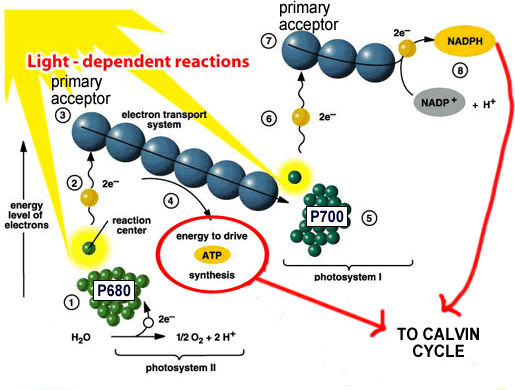TODAY WAS DOUBLE BIO DAY! WHOO HOO!Today we:First Block:- Completed our Unit test chapters 1-3.
- Handed it in
- Marked it.
Second block:
- Discussed the previous class on Friday.
- Watched the Asian Carp video
- Discussed the term "Biome"
- Did a worksheet titled "Who's Where and What's What in Alberta Ecosytems"
Thoughts and Questions:Today's class was pretty good. The unit test was relatively easy. It was nice that we marked them right away so we knew how we did all in the same day.
Then in second block we discussed a little bit about niches that we learned about on Friday.
We then watched the Asian Carp video that we couldn't get to work on Friday. It was really interesting how the fish got in the river because a flood carried them to the river from fish ponds. I couldn't help but laugh when in the video people were getting slapped across the face by the fish jumping out of the water.
Here is the link to the video.
http://youtube.com/watch?v=yS7zkTnQVaM
Who would have ever guessed that we would be using the wonderful YouTube in the class room.
After we watched the video we discussed Biome. A Biome is a large geographical region with a specific range of temperatures and precipitation, and the organisms that are adapted to those conditions of temperature and precipitation.
Some biomes found in Canada are Taiga, grass land, tundra, muskeg and temperate deciduous forest.
Taiga is also called boreal forest biome. It is dominated by conifer trees.
Grass land is the most fertile biome. Unlike other biomes, grassland only have one layer of soil that can support the biotic community.
Tundra is found in the northern part of Canada and doesn't have very much biodiversity due to it's cold harsh weather.
Muskeg is formed by rain and melted snow that cannot drain from the taiga due to the permafrost and the water soaks decomposing plants and peat moss causing muskeg. It is very swampy and boggy.
Deciduous forest have aspen, balsam popular and birch trees. They have warmer temperatures and larger amounts of humus. They also have more precipitation.
PICTURES:
Tagia: Grassland:
Grassland: Tundra:
Tundra: Muskeg:
Muskeg: Temperate Deciduous Forest:
Temperate Deciduous Forest:
After discussing biomes we did an activity where we separated biotic factors and abiotic factors into the proper biome in a table.
At the end of the class Mr. Challoner introduced the Ecosystem field study assignment.
I think the field study will be really fun because it will be more hands on!



















